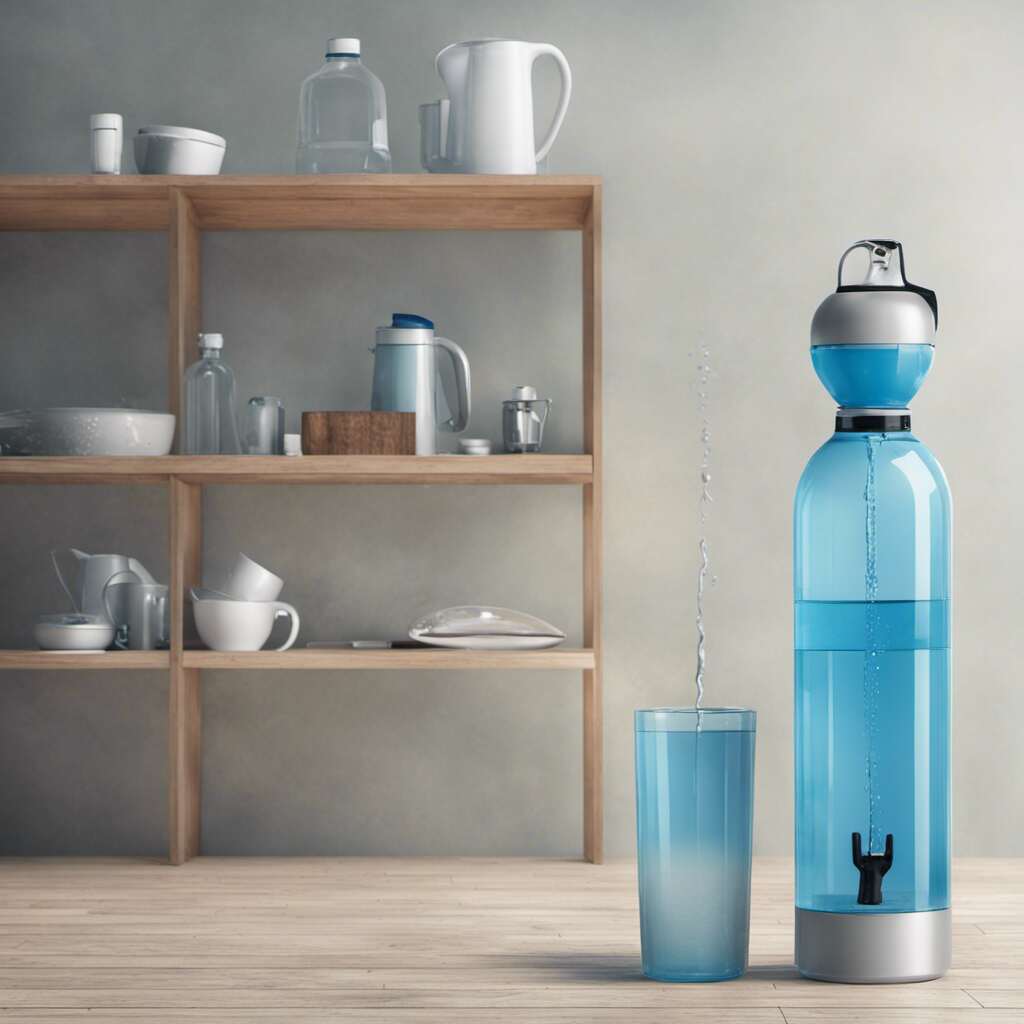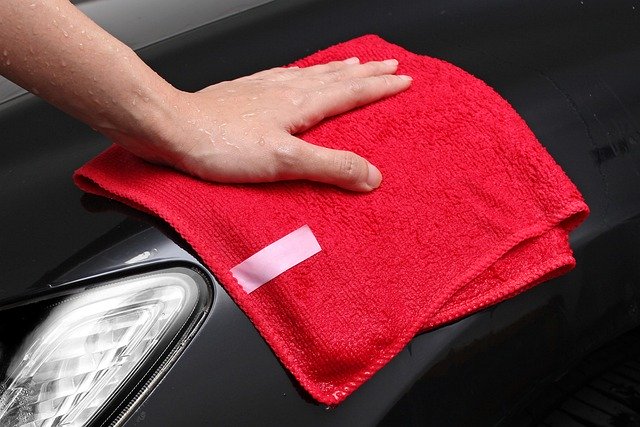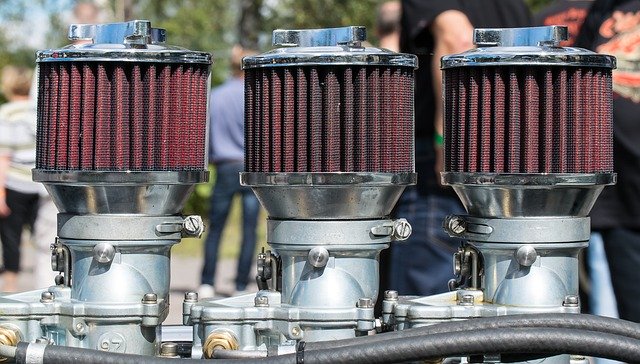When it comes to household maintenance, some tasks tend to slip under the radar. One such task that often goes unnoticed is cleaning your home’s water heater. Many homeowners are unaware of the significance of regular water heater maintenance, but neglecting this essential chore can lead to various issues down the line. In this article, we’ll explore the reasons why cleaning your home’s water heater is crucial and how it can benefit you in the long run.
Table of Contents
Extending the Lifespan of Your Water Heater
Cleaning your home’s water heater plays a vital role in extending its lifespan. Over time, sediment, minerals, and debris can accumulate at the bottom of the tank, hindering its efficiency and potentially causing damage. By regularly flushing and cleaning the water heater, you can:
- Remove sediment buildup: Sediment accumulation is a common occurrence in water heaters. Flushing the tank helps remove these sediments, preventing them from settling and causing corrosion or reduced heating efficiency.
- Prevent corrosion: Sediment and mineral deposits can lead to the corrosion of your water heater’s tank. Cleaning the tank ensures that these substances are removed, reducing the risk of corrosion and increasing the longevity of your water heater.
- Enhance heating efficiency: Sediment buildup can act as an insulating barrier, reducing the heating efficiency of your water heater. Cleaning the tank allows heat to transfer more effectively, resulting in improved energy efficiency and lower utility bills.
Ensuring Optimal Performance and Energy Efficiency
A clean water heater operates at its best, providing you with consistent hot water and maximizing energy efficiency. Here’s why cleaning your water heater is essential for optimal performance:
- Improved water heating: Sediment buildup can affect the heating elements of your water heater, causing uneven heating or cold spots. Regular cleaning ensures that the heating elements are free from obstructions, allowing for uniform heating and a reliable supply of hot water throughout your home.
- Enhanced energy efficiency: A water heater burdened by sediment and mineral deposits requires more energy to heat water. By cleaning your water heater, you remove these obstructions, allowing it to function efficiently and consume less energy. This, in turn, reduces your energy bills and helps conserve resources.
- Avoidance of costly repairs: Neglecting regular cleaning and maintenance of your water heater can lead to more significant problems in the long run. Sediment accumulation, corrosion, and other issues can cause malfunctions or even complete system failures. By cleaning your water heater, you mitigate the risk of costly repairs or premature replacement.
Maintaining Water Quality and Health
Beyond ensuring hot water availability and energy efficiency, cleaning your home’s water heater also contributes to maintaining water quality and promoting good health. Here’s why it matters:
- Reduction of bacterial growth: Warm, stagnant water in the tank can become a breeding ground for bacteria like Legionella. Cleaning the water heater and flushing the tank regularly helps minimize the risk of bacterial growth, ensuring that the water you use remains safe for daily activities such as bathing and washing.
- Removal of sediment and impurities: Sediment and debris not only affect the performance of your water heater but can also find their way into your taps and showers. By cleaning the tank, you prevent these particles from entering your plumbing system and potentially clogging faucets or damaging appliances.
- Improved taste and odour: Sediment and mineral deposits can give the water an unpleasant taste or odour. Regular cleaning of the water heater helps eliminate these issues, providing you with clean and fresh-tasting water for drinking and cooking.
Steps for Cleaning Your Water Heater
Now that we understand the importance of cleaning your home’s water heater, let’s explore the steps involved in the cleaning process. While it’s recommended to consult your water heater’s manufacturer guidelines, here’s a general overview:
- Turn off the power and water supply: Before starting the cleaning process, ensure that the power supply to the water heater is turned off, and the water supply valve is closed.
- Drain the tank: Connect a hose to the drain valve located near the bottom of the water heater and direct it to a suitable drainage area. Open the drain valve and allow the tank to empty completely.
- Flush the tank: With the tank drained, open the cold water supply valve for a few minutes. This will help flush out any remaining sediment or debris from the tank.
- Clean the drain valve and other components: While the tank is empty, take the opportunity to clean the drain valve and other accessible components. Use a brush or cloth to remove any residue or buildup.
- Refill the tank and check for leaks: Close the drain valve, turn on the water supply valve, and allow the tank to refill. Keep an eye out for any leaks during this process.
- Restore power supply: Once the tank is full, you can restore the power supply to your water heater.
Remember, these steps serve as a general guideline, and it’s important to refer to your water heater’s specific instructions for the most accurate cleaning process.
Conclusion
Cleaning your home’s water heater is not just a chore to be overlooked. It is a crucial task that can extend the lifespan of your water heater, improve its performance and energy efficiency, maintain water quality, and ensure the health and well-being of your household. By investing a little time in regular maintenance, you can enjoy the benefits of a reliable and efficient water heating system while avoiding costly repairs or replacements in the future. So, don’t forget to add cleaning your water heater to your list of essential home maintenance tasks and reap the rewards it brings.











